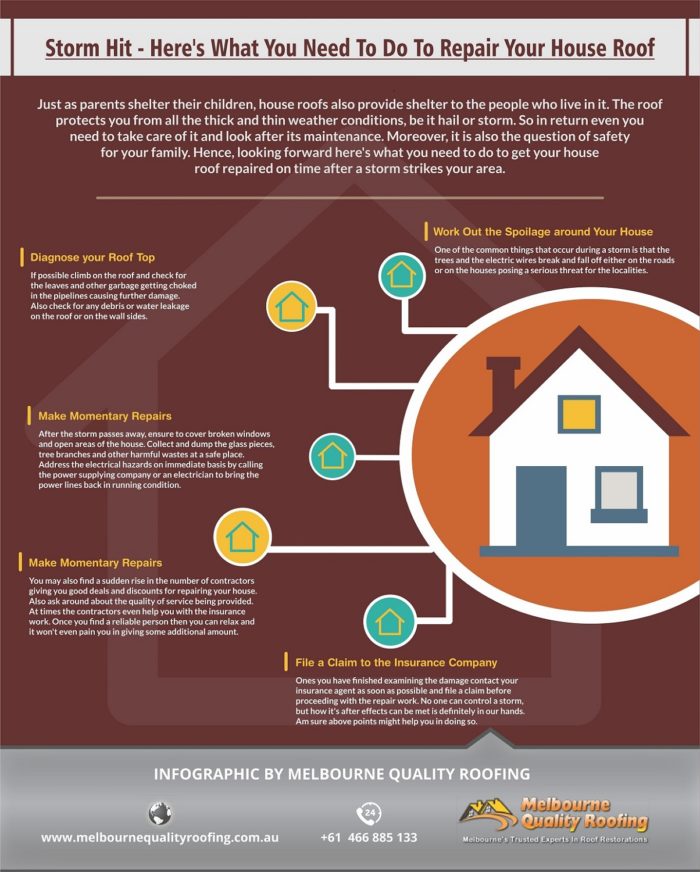The Contribution Of Roof Ventilation To A Successful Installation Process
The Contribution Of Roof Ventilation To A Successful Installation Process
Blog Article
Material Writer-Byrne Walls
When you're taking on a roof covering job, you could not believe much concerning roof air flow, however it's more essential than you recognize. Efficient air flow aids manage temperature level and wetness in your attic room, protecting against issues like mold and mildew and structural damages. By comprehending how to create and set up a balanced air flow system, you can improve power efficiency and lengthen the lifespan of your roof products. So, what are the essential aspects to take into consideration throughout installation that can make all the difference?
Significance of Roofing System Air Flow
Roofing ventilation plays a vital role in maintaining the total health and wellness of your home. By permitting fresh air to flow via your attic, it assists control temperature level and moisture levels. This equilibrium is important to protect against heat buildup during hot months, which can result in enhanced power costs as your air conditioning works overtime.
Additionally, proper air flow dramatically decreases the risk of moisture-related concerns like mold and mildew. If moisture degrees increase, your home's structural integrity can be compromised, bring about expensive repair services. You wouldn't want to handle rotting wood or deformed roof covering materials, right?
In gutter system san antonio , ample ventilation extends the life-span of your roof. When heat and wetness are kept in check, your roof covering can execute optimally, avoiding early wear and tear. This suggests fewer migraines and costs down the line.
Exactly How Roofing System Ventilation Functions
Effective roofing air flow depends on the all-natural motion of air to produce an equilibrium in between consumption and exhaust. When you mount vents, you're basically enabling fresh air to enter your attic room while enabling warm, stagnant air to get away. This procedure helps manage temperature level and wetness degrees, stopping issues like mold growth and roof damage.
Intake vents, normally discovered at the eaves, reel in trendy air from outside. At the same time, exhaust vents, situated near the ridge of the roofing system, let hot air increase and departure. The difference in temperature level develops a natural airflow, referred to as the pile impact. As warm air surges, it produces a vacuum that pulls in cooler air from the reduced vents.
To enhance this system, you need to guarantee that the consumption and exhaust vents are correctly sized and positioned. If the consumption is limited, you won't achieve the wanted air flow.
Also, inadequate exhaust can catch heat and moisture, resulting in prospective damage.
Trick Installation Considerations
When mounting roofing air flow, a number of vital considerations can make or break your system's performance. Initially, you require to assess your roofing system's layout. The pitch, form, and products all influence airflow and ventilation option. Make sure to select vents that fit your roofing kind and neighborhood climate problems.
Next off, take into consideration the placement of your vents. Preferably, you'll desire a balanced system with intake and exhaust vents positioned for ideal airflow. Place intake vents low on the roof covering and exhaust vents near the top to motivate a natural circulation of air. This setup helps prevent wetness buildup and promotes energy performance.
Do not ignore insulation. Proper insulation in your attic prevents warmth from running away and maintains your home comfy. Make sure that insulation does not obstruct your vents, as this can hinder airflow.
Lastly, think of maintenance. Pick air flow systems that are simple to access for cleaning and examination. Regular maintenance ensures your system remains to operate efficiently gradually.
Final thought
In conclusion, roofing air flow is crucial for a successful setup. By guaranteeing proper air movement, you can stop warmth accumulation and dampness problems that cause expensive damages. When you purposefully position intake and exhaust vents, you enhance power efficiency and extend the life expectancy of your roofing system. Keep in mind, a well-ventilated roofing system not only secures your financial investment but additionally enhances your interior air top quality. So, focus on ventilation to make sure a resistant and cost-efficient roofing system for your home.
